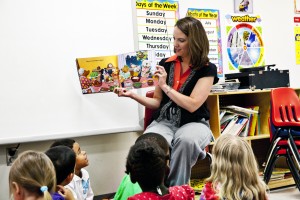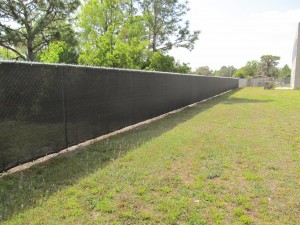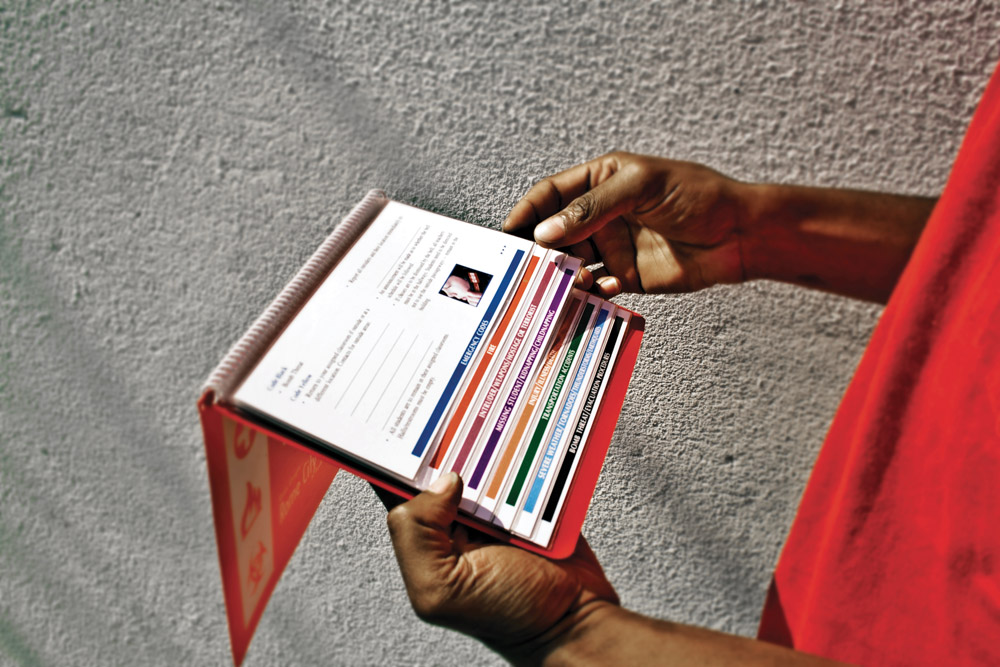
While designed to make it easier for travelers to find information, this airport electronic information board slows down the process and inconveniences people who need to use it. Some school safety software solutions also slow people down. This can be dangerous in emergency situations.
Software can be Slower than the Human Brain
While flying out of the Atlanta Airport last week, I was reminded of the need to write this column. A while back, I went to a concourse information board to find a restaurant. I quickly realized that they had installed a very sophisticated and interactive information board to help travelers. As I stood in line watching people try to figure out how to use the new device, it became quickly apparent that though the new board was more robust, had much better graphics and looked really cool, it was dramatically slower to use.
Unexpected Outcomes
The new board has touch screen capability which allows the user to navigate to a wide variety of different screens. Unfortunately, this means that only one person at a time can look at the board for information. With the old single display map four or five people could look at the board and find what they are looking for at one time. When I used the board last week, I found that people are still standing in line trying to figure out how to use the innovative but slow device. While this information board probably results in millions of wasted minutes for travelers each month, it does not endanger anyone’s life. When similar delays result from technology that is designed for school crisis situations, inconvenience can become life-threatening.
New School Safety Software
We are contacted by school safety product vendors with new school safety solutions every week. We have found some new products to be impressive and practical while others cause us concern. For example, a number of vendors now offer solutions which allow school crisis plans to be viewed on portable devices. We considered making our school crisis planning templates available in this format about five years ago. Our planning team decided that this was not a wise approach after looking at the research of Dr. Gary Klein and considering feedback from school and public safety officials who had experienced significant problems with software-based crisis plans during actual emergency situations.
Unrealistic School Safety Software Can Kill
In one case, a client who had paid more than one million dollars for a computerized school crisis plan was successfully sued after the death of a student. Our client could not understand how an administrator who had received several days of emergency preparedness training could perform so poorly, forgetting even the most basic action steps. When we performed one-on-one controlled simulations with a variety of school administrators in the district, we learned that they could not make reasonable and prompt decisions fast enough because they had been inadvertently conditioned to think that they would be able to pull up the action steps if faced with a crisis. As this was a large urban school district that has experienced a large number of fatal school crisis events, it was troubling to see how ill-prepared administrators were to make life and death decisions.
Test Your School Safety Software Solutions
We have seen numerous instances of technology solutions that like the airport information station, appear to be very helpful at first glance, but can actually make matters worse because of false assumptions about how effective they will be under fast-breaking and stressful conditions. As we have advised many times, new approaches should be thoroughly tested using scenario-based prompting which requires individuals to react in very short time frames. If it does not work in simulations, things will most likely get worse when young lives are actually at risk.





